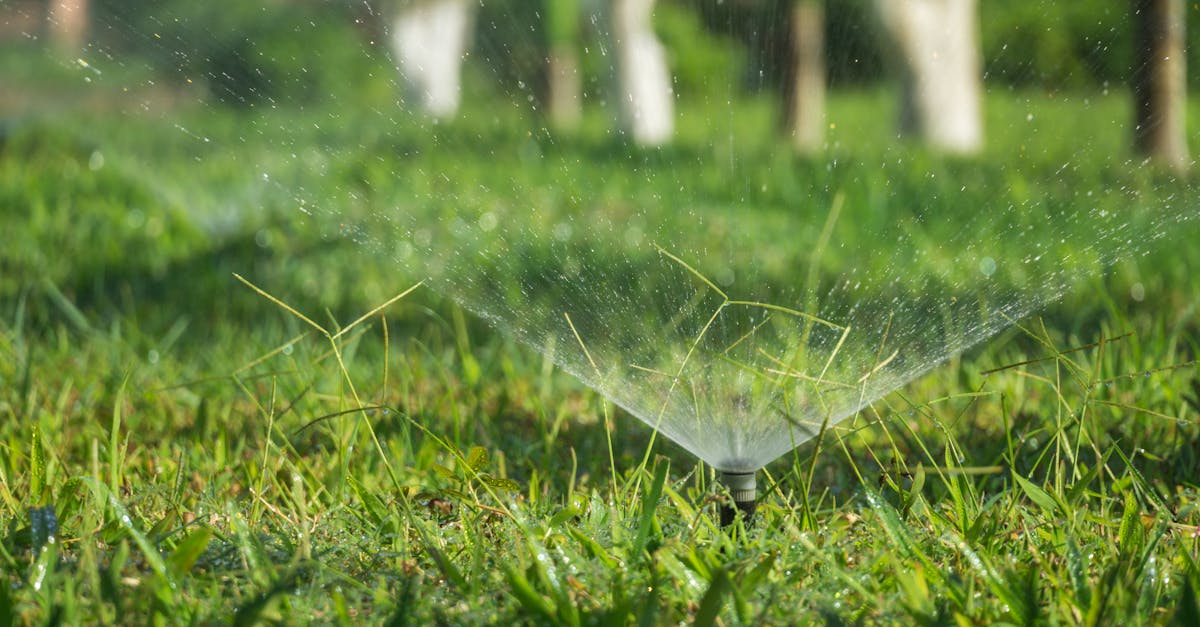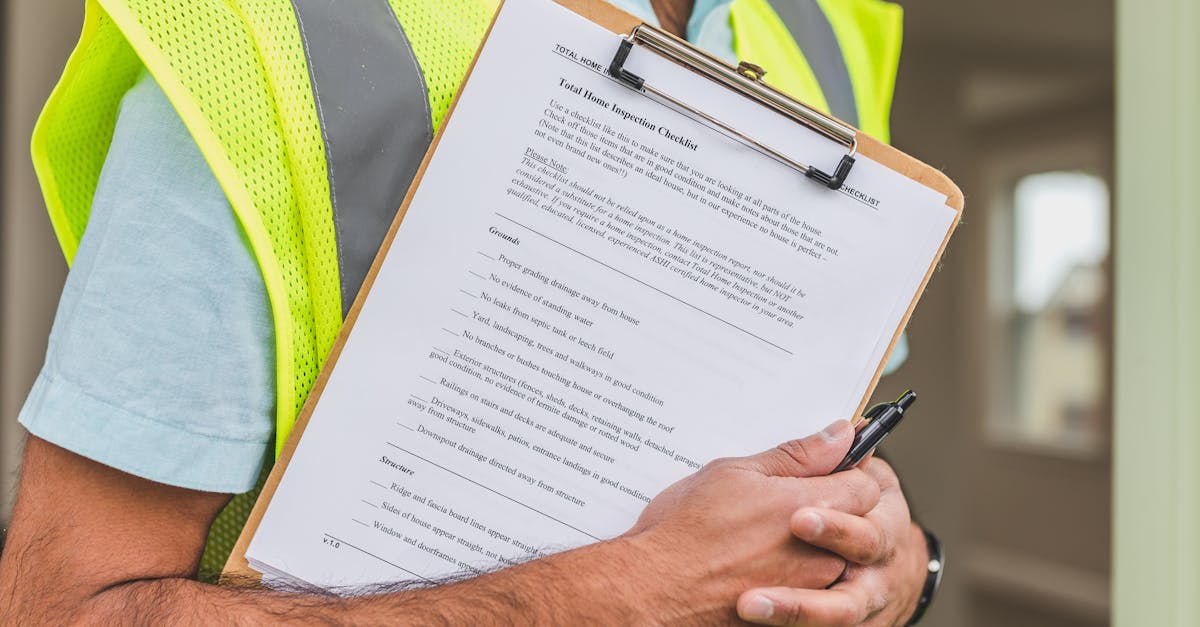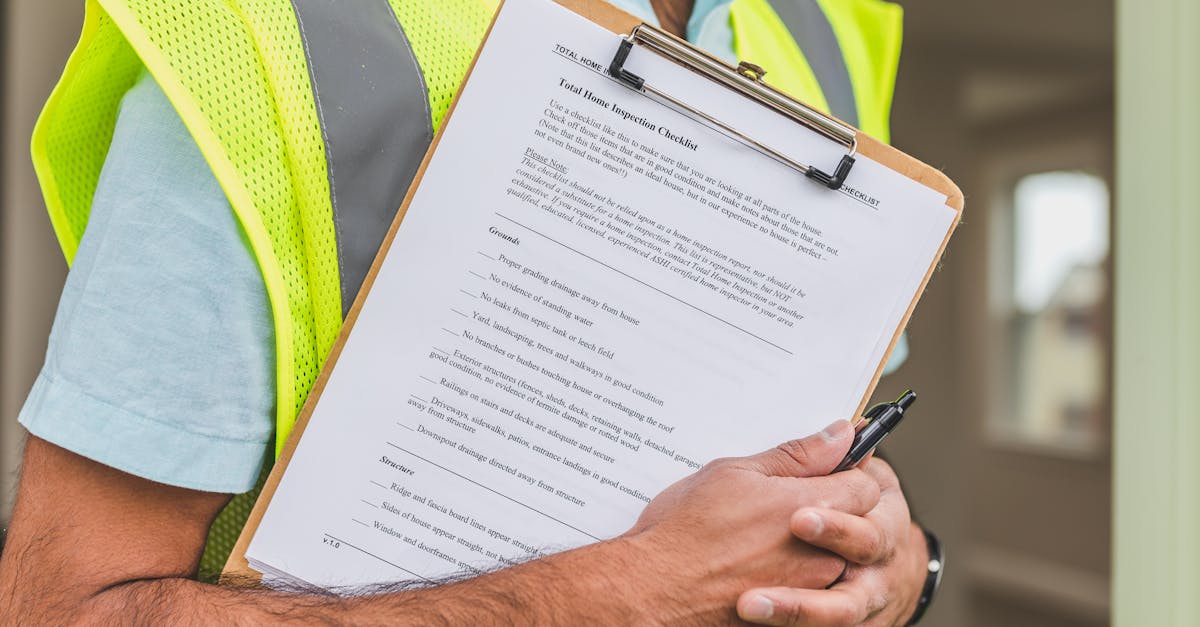Keeping an irrigation system running smoothly is like maintaining a well-oiled machine—except this machine doesn’t just keep the gears turning; it keeps your garden thriving. Neglect it, and you might find your prized petunias looking more like sad little sticks. With the right maintenance checklist, you can avoid turning your lush landscape into a desert.
Imagine strolling through your garden, knowing every sprinkler and hose is in top shape. Sounds dreamy, right? Regular maintenance ensures your irrigation system works efficiently, saving water and money while keeping your plants happy. So let’s dive into the must-do tasks that’ll have your system singing like a well-tuned choir, ensuring your garden flourishes while you kick back and enjoy the fruits of your labor.
Table of Contents
ToggleImportance Of Irrigation System Maintenance
Maintaining an irrigation system ensures optimal plant health and growth. Regular checks prevent water waste and reduce utility costs. Efficient irrigation systems deliver water precisely where needed, promoting lush gardens and landscapes. Neglecting maintenance can lead to clogged lines, leaks, and even system failure.
Consistent upkeep extends the lifespan of the irrigation components. Inspecting parts like valves, filters, and emitters reveals potential issues early, saving time and money. Scheduled maintenance fosters a healthier environment for plants, reducing the risk of disease and promoting stronger root systems.
Monitoring system pressure is crucial for efficient water delivery. Low pressure can result from blockages or leaks, while high pressure can cause damage to plants and equipment. Identifying these issues quickly improves overall system performance.
Cleaning emitters and filters regularly prevents clogging. Inspecting hoses for leaks ensures water reaches its intended destination. Performing these tasks helps sustain water efficiency, ultimately conserving this vital resource.
Regularly reviewing the irrigation schedule adjusts for seasonal changes. Modifications based on rainfall, plant growth stage, and temperature optimize water usage. Gardeners adopting these practices enjoy healthier landscapes and reduced maintenance costs.
Educating oneself about the system’s specific components enhances long-term care. Understanding how each part functions aids in spotting abnormalities and maintaining efficiency. A thorough knowledge base empowers gardeners, leading to well-maintained irrigation systems that support vibrant gardens and landscapes.
Components Of An Effective Maintenance Checklist
An effective maintenance checklist focuses on crucial tasks that maximize irrigation system performance.
Regular Inspection Tasks
Regularly inspecting system components is vital for ensuring long-term functionality. Check hoses for leaks, cracks, and signs of wear. Monitor emitters for clogs that may reduce water flow. Inspect filters and clean them to maintain optimal performance. Assess pressure settings using a gauge to prevent issues caused by excessive or insufficient pressure. Evaluate connections and fittings for signs of damage or looseness. Each task contributes to efficient water distribution and helps identify early problems.
Seasonal Maintenance Duties
Seasonal maintenance duties adjust system performance to changing environmental conditions. Clean emitters and filters at the start of each season to ensure proper water flow. Inspect irrigation lines for damage brought on by harsh weather conditions. Adjust timer settings based on rainfall and temperature fluctuations to optimize water usage. Winterize the system before freezing temperatures to prevent pipe damage. Each of these actions supports a robust irrigation system, ensuring healthy plants throughout the year.
Common Irrigation System Issues
Irrigation systems can encounter various issues that affect their performance. Addressing these problems promptly improves efficiency and prolongs equipment life.
Clogged Sprinkler Heads
Clogged sprinkler heads pose a common challenge in irrigation systems. Dirt, debris, and mineral buildup can obstruct water flow. Regularly cleaning or replacing heads prevents uneven watering across landscaped areas. Inspecting sprinkler heads for blockages should occur at least monthly during the growing season. Therefore, immediate action resolves blockages and minimizes water waste. Failing to maintain clear heads leads to inadequate irrigation, resulting in unhealthy plants.
Damaged Pipes
Damaged pipes significantly disrupt water delivery. Cracks and leaks often arise from age, weather changes, or landscaping activities. Monitoring irrigation lines for visible wear should occur regularly to identify potential issues early. Additionally, conducting pressure tests helps detect hidden leaks. Repairing or replacing damaged sections promptly restores efficiency. Neglecting pipe integrity can escalate water loss, affecting overall system performance. Regular inspection maintains a functional system, ensuring plants receive adequate moisture.
Best Practices For Maintenance
Maintaining an irrigation system requires strategic efforts to ensure efficiency and longevity. A few best practices can greatly enhance performance.
Scheduling Regular Checks
Regular checks play a crucial role in irrigation upkeep. Gardeners should conduct inspections at least once a month during the growing season. This practice helps identify leaks or clogs before they escalate into significant problems. Scheduling checks during the change of seasons is equally important for adjusting system settings to match weather patterns. Ideally, monitoring system pressure weekly allows detection of irregularities promptly, improving water delivery consistency. Consistent oversight not only ensures healthy plants but also reduces water waste and utility costs.
Proper Documentation
Keeping records of maintenance activities supports effective irrigation management. Each inspection should include detailed notes about findings and actions taken. Documenting dates of maintenance tasks aids in tracking the system’s performance history. This approach allows for easier identification of recurring issues over time. Storing this information in a dedicated log, whether digital or physical, helps maintain organization. Additionally, recording adjustments made to the irrigation schedule can clarify how seasonal changes affect water usage. Proper documentation fosters informed decision-making for future irrigation maintenance.
Conclusion
Maintaining an irrigation system is vital for any gardener looking to cultivate a healthy landscape. By adhering to a well-structured maintenance checklist, they can enhance efficiency while conserving water and reducing costs. Regular inspections and timely repairs not only prevent common issues but also extend the lifespan of the system.
Emphasizing the importance of seasonal adjustments ensures that water usage aligns with environmental changes. With a proactive approach to maintenance, gardeners can enjoy lush gardens year-round, free from the stress of system failures. Ultimately, consistent care and attention to detail empower them to nurture their plants effectively and sustainably.





